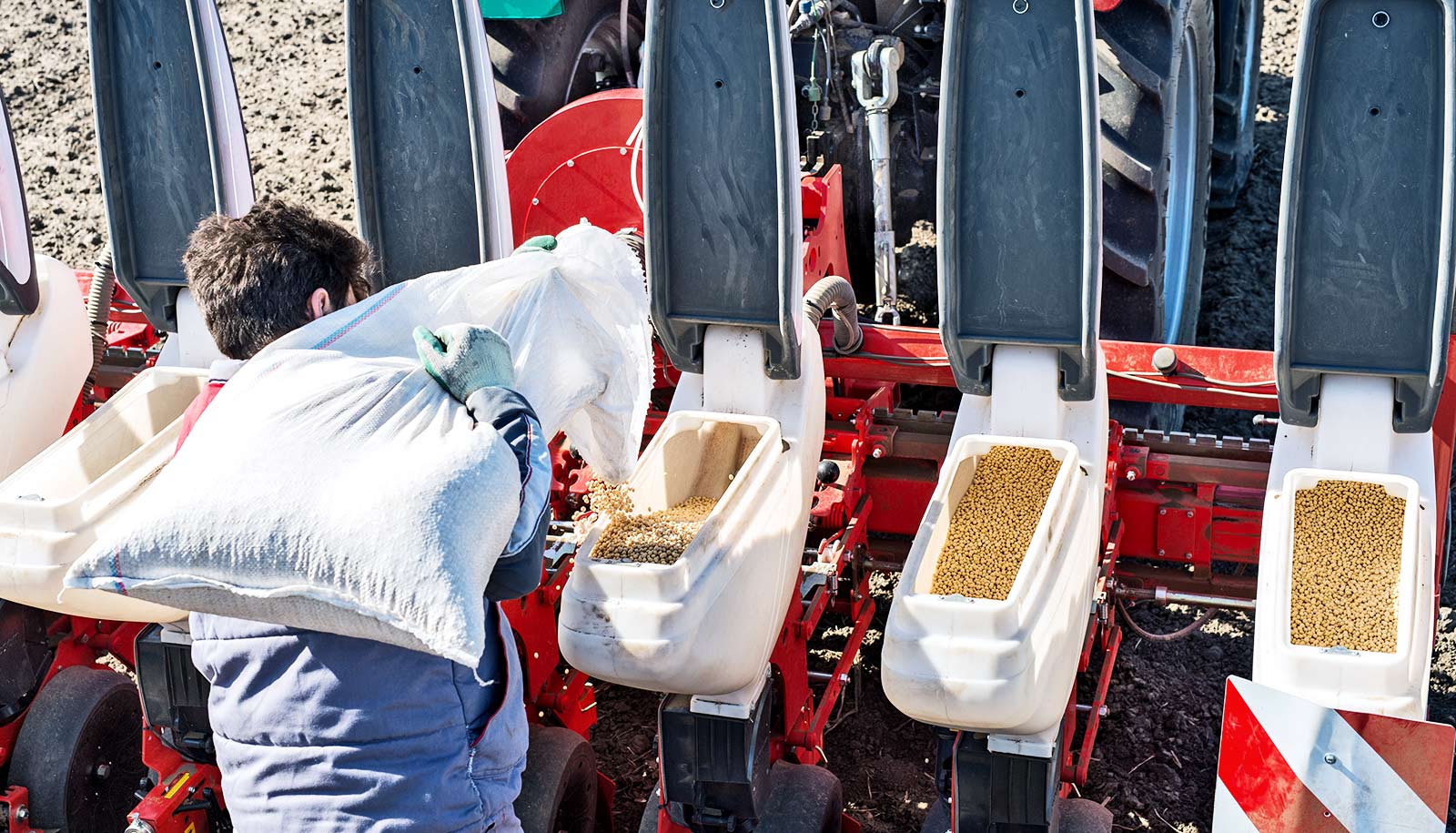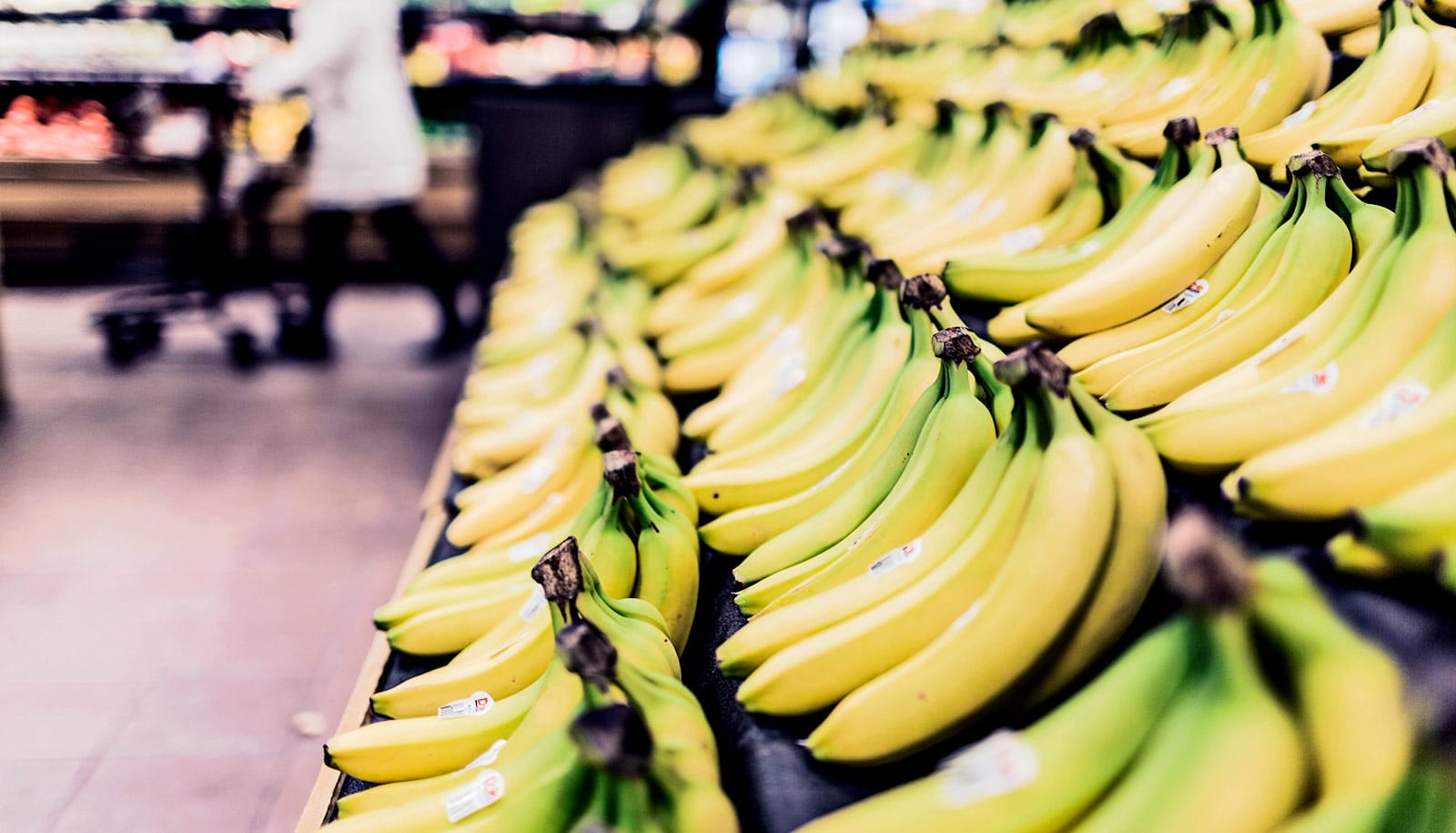New research reveals how current trade disruptions will affect farmers and consumers in Iowa and the state’s economy.
Overall, the new study which examined different scenarios, study shows losses to Iowa’s gross state product in the range of $1 billion to $2 billion. Iowa’s 2017 Generalized System of Preferences (GSP) was $190 billion. The US Census Bureau estimates Iowa’s export value for 2017 at about $13.4 billion, or about seven percent of its GSP.
John Crespi, the interim director of Center for Agricultural and Rural Development at Iowa State University and a professor of economics, says that the estimated loss of GSP will be difficult, though Iowa’s farmers have faced worse.
“The farm crisis of the 1980s of course was much worse because it also came at a time of very high interest rates and record farm debt,” Crespi says. “An interesting déjà vu with the farm crisis of the 1980s is that much of the impact was linked to policies out of Washington.”
Crespi says that Iowa consumers will notice the trade disruptions, too.
“Iowans should see prices get lower on some items that once were exported—pork, for example,” he says. “But other prices will get higher. A tariff is a tax. One thing that economists always stress is that whenever you tax a good, only some of that tax will be borne by the person selling the good. American consumers are going to be paying some of that tax as well.”
Crespi says that while the effect the tariffs will have on farmers isn’t easy to predict, commodity prices will be the first place they see it.
Corn and hogs
The study calculated that Iowa’s soybean industry faces losing between $159 million and $891 million. The state’s corn industry may lose between $90 million and $579 million. The hog industry faces losing $558 million to $955 million. Ethanol producers are estimated to lose approximately $105 million.
“For farmers, the obvious question is where and how much of your product will you sell this year and next year, and for what price?” Crespi says. “But the harder question is what happens in two, three, or 10 years if the trade wars continue? You could find that the US loses so much market share that a decade from now, even if you get rid of the tariffs, the US may be a smaller player.”
A major concern of the study is the possibility that Iowa or the United States could be looking at a long-term reduction in world market share for agricultural commodities. The researchers note two examples—the Russian grain embargo in the 1980s and a 2009 dispute with China.
In the 1980s, the United States enacted a grain embargo against the former Soviet Union. US farmers felt the sting of falling commodity prices and watched as European farmers gained much of the trade the American farmers lost.
In 2009, a trade dispute with China resulted in the United States losing a significant portion of its China poultry trade to Brazil and the European Union.
“History has shown that the world’s farmers don’t just sit back and wait for countries to settle their differences. They ring the doorbell and offer their products.”
Today, the researchers note, soybean growers are already facing a similar situation. For decades, US soybeans set the price to which soybeans from other countries were marked. Currently, US soybeans are selling on the world market at a discount to Brazilian soybeans.
“History has shown that the world’s farmers don’t just sit back and wait for countries to settle their differences. They ring the doorbell and offer their products,” Crespi says. “The president of the Brazilian grain growers association recently met with Chinese traders and the Chinese embassy in Brazil says discussing a Brazil-China futures contract has merit.”
Revenue losses
While Iowa farmers may be currently facing a difficult situation, trade disruptions aren’t uncommon. “American farmers are always on the front lines of trade wars,” Crespi says.
Lost agricultural revenue isn’t the only way trade disputes are taking a toll on Iowa. Revenue losses can translate into additional lost labor income and lost tax revenue.
The study estimates that labor income declines to the corn, soybean, and hog industries may range from $245 million to $484 million, enough income to support from 9,300 to 12,300 jobs.
The total labor income and tax revenue losses in Iowa will depend on the available federal offsets and how the government applies them. The researchers looked at two types of federal offsets: USDA direct payments to farmers and government spending of the tariffs it collects.
“The USDA payments are relatively easy to account for,” Crespi says. “The second is harder to see directly because it has to do with what will the federal government do with the tariffs they collect. They’re harder to measure because these are gains to the federal budget, so ultimately it’s up to Congress what happens to them.”
The study estimated Iowa tax revenue losses—personal income and sales taxes—may range from $111 million to $146 million. Federal offsets could reduce the tax losses to $75 million to $110 million.
“Could the rest of the economy grow substantially and offset these losses? It’s possible,” Crespi says. “But don’t forget recessions will happen again. One hundred million dollars might seem affordable when times are good, but when times are bad, that’s when the tough decisions have to be made.”
Source: Iowa State University



